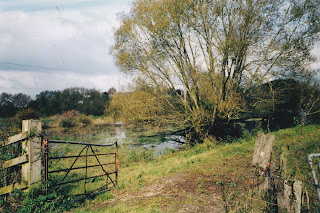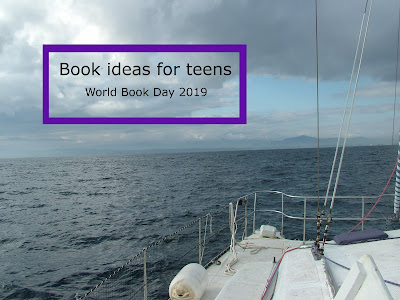Beach combing for sharks
It was a pleasure to write this joint blog with Richard (deckhand no. 2)
The mermaids purse offers protection and nourishment to the growing embryo and once big enough, the pup wriggles its way out of the small slit to swim free. The remaining egg case is a curiously shaped oddity which has inspired a childhood love of sea life for generations.
The Shark trust website offers full advice on identifying and recording your finds. They need to be taken home and rehydrated for the best results.
Over half term we have wandered along several different
beaches. It is hard to return from a walk along the coast without assorted bits of treasure.
One of the things that we like to look out for are mermaids purses, the empty shells of shark eggs. It is the time of year that lots of egg cases are washed
onto the beaches, even more so because of the storms last week. There are over 30 different species of shark in British waters and the Sharks trust has set up a fun science recording project to try and help understand and protect this important part of our oceans.
Rays and sharks are closely related. Dog fish are a type of shark and
sharks are going endangered! They lay their eggs on seaweeds in sheltered
places, they take seven and a half to ten months to hatch dependant on the water temperature. By combing the beaches for their mermaids purses we give the
people at the sharks trust an idea of the numbers and distribution of sharks
around the beaches and seas. Using the Great Egg case Hunt link to catalogue
your bounty of the sea you help the shark population grow therefore allowing
you to add to your collection of treasure!
They are well camouflaged to protect the eggs before they hatch. Varying degrees of brown and black mean that they can look very similar to the bladders of seaweed. The best place to look is at the tide line amongst the flotsam and jetsam washed up. The sharks trust use the reports to monitor numbers and areas that the eggs are found in giving them vital information about the size and health of the shark population and its distribution around the coast.
 |
| The vast expanses of the treacherous beaches! |
They are well camouflaged to protect the eggs before they hatch. Varying degrees of brown and black mean that they can look very similar to the bladders of seaweed. The best place to look is at the tide line amongst the flotsam and jetsam washed up. The sharks trust use the reports to monitor numbers and areas that the eggs are found in giving them vital information about the size and health of the shark population and its distribution around the coast.
The mermaids purse offers protection and nourishment to the growing embryo and once big enough, the pup wriggles its way out of the small slit to swim free. The remaining egg case is a curiously shaped oddity which has inspired a childhood love of sea life for generations.
 |
| A collection from Slapton Sands, Devon |
The Shark trust website offers full advice on identifying and recording your finds. They need to be taken home and rehydrated for the best results.
There are many different types of sea life to be found on the beach. We have also found whelk egg balls, shells, cuttlefish bones
and lots of other things washed up onto the beaches along the tide line. Have a look for treasure next time you are by the sea and if you are lucky enough to find a mermaids purse, please go online and report it to help out our sharks.


Follow these links to the websites for more information:
Shark Trust
The National marine aquarium website
Natural History museum - citizen science
Citizen science projects list
 |
| Whelks, barnacles and cuttlefish amongst other treasures |


Follow these links to the websites for more information:
Shark Trust
The National marine aquarium website
Natural History museum - citizen science
Citizen science projects list




Comments
Post a Comment